Diving Scylla
Scylla is easily accessible by boat from Plymouth or South East Cornwall. There are no permanent mooring buoys on the wreck so obtaining local knowledge of the wreck is highly advisable.
All of the licensed dive charters operating in the area know the wreck very well and will be able to provide not only safe boat access but essential safety briefings and advice about diving Scylla Reef.
Please plan your dive and dive your plan. Ensure you and your dive buddies have the correct equipment, qualification level and experience to carry out the dive you intend.
We strongly recommend that no-one penetrates the wreck, as surveys in early 2014 clearly indicated that the internal compartments and companionways were so heavily congested with fallen and collapsed fixtures, fittings and cabling as to make the dive extremely hazardous.
Note that artefacts recovered from the wreck should be reported to the Receiver of Wreck and remain the property of the wreck owners. Permission is not given to salvage articles from the wreck.
Notes for Divers:
Dive with Care
Do not over-estimate your competence, skill and experience level.
Some variable factors within this dive area are:
Underwater – depth, visibility and the wreck itself.
On the surface – tide, wind and sea state, please plan your dive accordingly.
Have your equipment serviced regularly and familiarise yourself with it.
Carry out a full buddy check and dive the plan agreed.
Ensure that:
Emergency procedures are established and agreed.
Emergency equipment is readily available
Communication links with the emergency services are in place.
Ensure that the vessel you use to access the site has a crew trained in and familiar with diver operations.
Plan the Dive and Dive the Plan
Location and Local Conditions
Approximately 50O 19.64’ N 004O .15.2’ W (Admiralty Chart: Plymouth 1900) Just 700m from the James Eagan Layne in Whitsand Bay, South East Cornwall. Her bow faces South West. The tidal range is up to 5 metres and tidal information can be found on Plymouth area charts. (Latest editions of tide tables are readily available in the local area and should always be consulted before diving). Scylla is 21m deep at the Chart Datum (therefore 26m at highest spring tide). Generally, there is a prevailing SW wind. Visibility in open water is usually between 3-8m.
Dive Boat Safety Code
Before approaching the diving area, communicate with any vessels already there, ideally by radio, or by giving the OK signal. They should tell you how many divers are down and where they are. It is possible that some divers will be using rebreathers and will not be easy to locate due to lack of bubbles.
Scylla Reef and James Eagan Layne dive sites are likely to be popular at certain times. Be prepared to wait until there is a space for you. Agree a plan of action with the other dive boats present and be alert to surfacing divers.
If practical, consider drifting your boat using the wind and/or tide to get into position or drop divers upstream to drift onto the buoys.
Never go near divers’ bubbles with your engine in gear.
Position yourself as far as possible from other divers.
Never drop your anchor or shot line when divers are under the water. If other boats are present, agree a course of action.
Never let an inexperienced person take charge of the boat anywhere near the dive site.
Before engaging your engine, check for bubbles. Look all around your boat including the stern. Do not motor unnecessarily or patrol the area, it adds to the danger.
Never manoeuvre at more than tickover until you are a considerable distance from the dive site. Divers may come up away from the site, especially down tide.
When diving within Plymouth Port Control limits it is essential to advise them of your diving plans on VHF channels 14 or 16 (call sign ‘Longroom’) or telephone 01752 663225.
For more information, including the code of conduct, permits, harbour dues and launch sites visit: Queen’s Harbour Master (QHM) Plymouth, Cattewater Harbour Commission and Boatlaunch.

